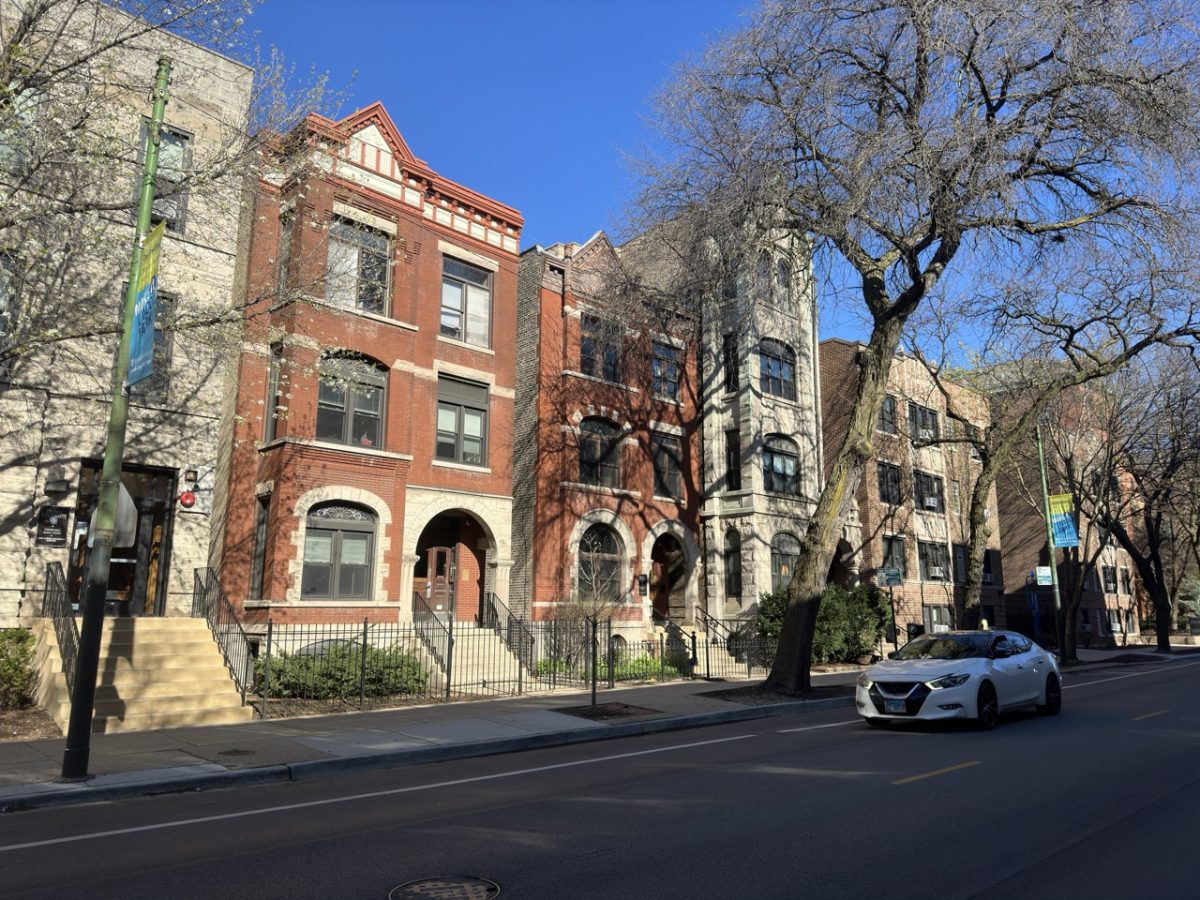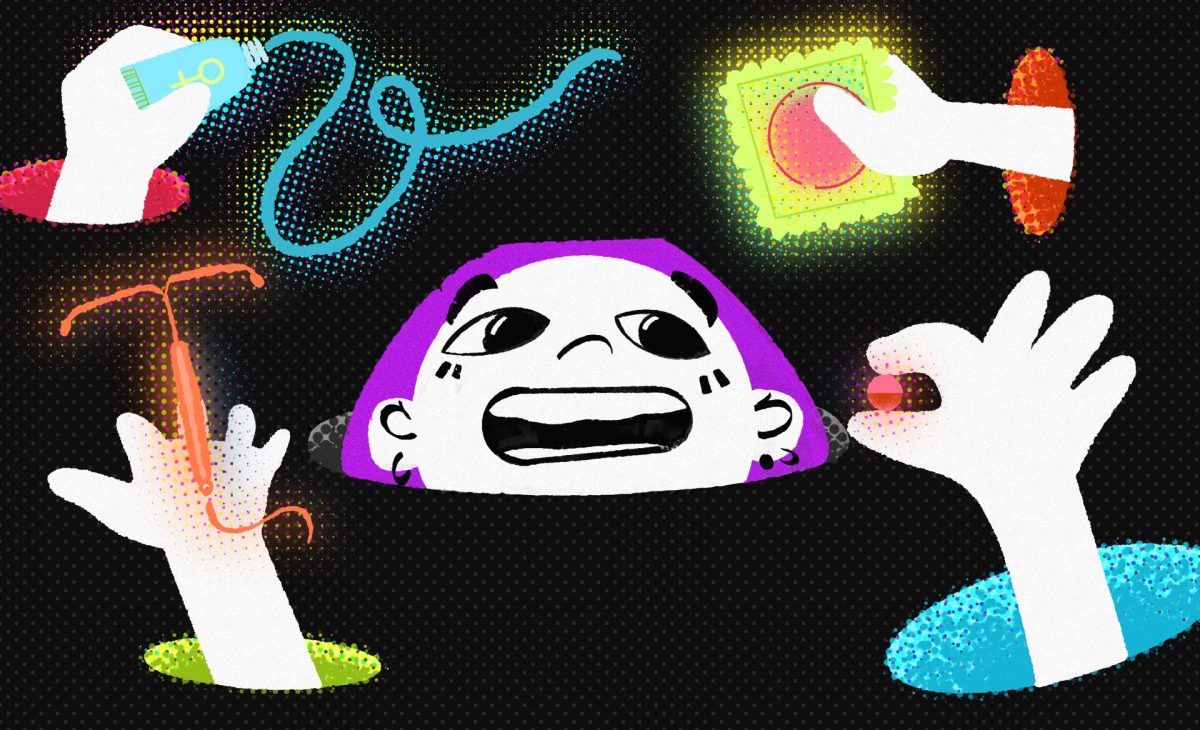In an effort to update and reduce overcrowding on Chicago Transit Authority (CTA) routes, the CTA announced numerous proposed changes Aug. 21. One major change that will affect DePaul students is the elimination of the No. 11 Lincoln bus between Western and Fullerton and the addition of a new No. 37 Sedgwick bus. The CTA board will vote on these changes Sept. 12.
Additionally, the CTA recently reported on an estimated $240 million project titled “95th Street Terminal Improvement Project.” Construction on the South Side station, which was originally built in 1969, is estimated to begin in 2014.
Twenty-three-year-old DePaul commuter student Jenny Herman commutes to DePaul’s Lincoln Park campus weekly. “Knowing that I’ll have to wake up earlier is frustrating, but I’ll deal with it for the time being,” said Herman. “I would also hope that cleanliness on the ‘L’ trains will improve. Whenever I visit D.C, I just wish we could someday have train cars as clean and efficient as theirs.”
Some of the D.C. Metro’s bus and train fares are even cheaper than the CTA’s equivalent services. According to D.C. Metro’s website, bus fares run $1.80 and their train fares cost $2.10. Even with a fare card, Chicago bus routes cost $2 for the first ride and trains cost $2.25.
According to the CTA, budgetary issues and zoning concerns have delayed the much-needed rail and station work. However, project “Red Ahead,” which renovates older stations on CTA’s popular Red Line route, officially began this June and is scheduled to be completed by the end of 2012.
Seven rail stations on the CTA red line, all of which have been around since the early 1900s, are being torn apart and revamped with the $86 million budget. Jarvis, Lawrence and Berwyn are three of the seven stops being renovated.
The last major CTA rail improvement project began in 1994 and lasted until 1996, when the Green Line was demolished and reconstructed to what it currently looks like today.
Station houses, platforms, viaducts and track work are all parts of the modernization plan at the seven locations. The Chicago transit webpage prepares commuters for when they can expect work to take place at their station to find an alternate route and expect moderate commute delays.
Improvements to the CTA go beyond construction. In an effort to reduce overcrowding, the CTA will be adding service to congested, arterial bus routes, as well as extending two other routes. According to the CTA’s website, these changes will effectively reduce bus loads during the 7 a.m. rush hour from 58 percent capacity to 49 percent.
In addition to the bus route changes, the CTA plans on adding 17 rail trips during peak hours, mainly to the Blue, Brown and Red Lines.
Improved security has not been mentioned in any of the CTA’s most recently proposed plans. In 2011, 1700 security cameras were installed. All 144 rail stations are now equipped with cameras.
Chicago’s North Side neighborhoods can expect to see major improvements by the end of 2012.
ξ







